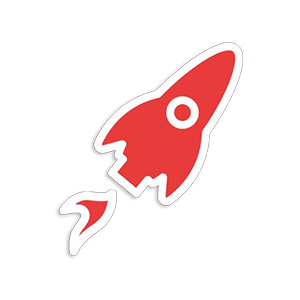
sample-docker-django-react
Docker Sample - Django & React (open-source) | AppSeed
OTHER License
Dockerized React & Django sample
Full-Stack Seed project generated by React App Generator top of Horizon Ui design. The backend logic is provided by a simple, easy-to-extend API Server that manages the Authentication flow (login, registration, logout) using JSON Web Tokens (JWT).
- React Horizon UI - LIVE Demo (from a similar product)
- Built with React App Generator, timestamp
2022-11-18 16:28
Start the app in Docker
Step 1 - Download the code from the GH repository (using
GIT)
$ git clone https://github.com/app-generator/sample-docker-django-react.git
$ cd sample-docker-django-react
Step 2 - Start the APP in
Docker
$ docker-compose up --build
Step 3 -
Migrate DB
$ docker-compose run --rm appseed-app python manage.py makemigrations
$ docker-compose run --rm appseed-app python manage.py migrate
Step 4 - Access the
APP
Visit http://127.0.0.1:3000 in your browser. The App should be up & running.
React Horizon UI
- Design crafted by Simmmple
- Styled with
Chakra UI -
Dark-Mode,RTLSupport -
UI Kit: 70+ components,8 Sample Pages,3 Customized Plugins
Tests(compatibility matrix)
| NodeJS | NPM | YARN |
|---|---|---|
v14.0.0 |
||
v16.0.0 |
||
v18.0.0 |
Django API Features
- Stack: :
Django/DRF/ SQLite Up-to-date dependencies-
DB Layer: Django Native
ORM,SQLitepersistence -
Auth: JWT tokens managed via
PyJWT - API Definition - the unified API structure implemented by this server
How to use it
Being a full-stack product, the backend and the frontend should be compiled and started separately. Before starting to compile the product, make sure you have the following tools installed in the environment:
-
NodeJS - version
14.xor higher - GIT - used to clone tjhe sources from Github
- Python3 - used in many tools
Start the Frontend
Step 1 - Once the project is downloaded, change the directory to
react-ui.
$ cd react-ui
Step 2 - Install dependencies via NPM or yarn
$ npm i
// OR
$ yarn
Step 3 - Start in development mode
$ npm run start
// OR
$ yarn start
At this point, the app is available in the browser localhost:3000 (the default address).
Start the Backend Server
Step 1 - Change the directory to
api-server-django
$ cd api-server-django
Step 2 - Install dependencies using a
virtual environment
$ # Virtualenv modules installation (Unix based systems)
$ virtualenv env
$ source env/bin/activate
$
$ # Virtualenv modules installation (Windows based systems)
$ # virtualenv env
$ # .\env\Scripts\activate
$
$ pip install -r requirements.txt
Step 3 - Setup the database
$ python manage.py makemigrations
$ python manage.py migrate
Step 4 - Start the API server (development mode)
$ python manage.py runserver 5000
Use the API via POSTMAN or Swagger Dashboard at localhost:5000.
Dockerized React & Django - Sample Project generated by App Generator.